Exploring New York’s Industrial Past in "Cathedrals of Industry"
Join photographer Michael L. Horowitz for a journey through 50 years of photographs!



Every city has its signature items. Aside from its jaw-dropping skyline, New York is associated with yellow taxi cabs, dirty water dogs and hordes of disgruntled commuters. But beyond the obvious, there are plenty of lesser known fixtures that have also become synonymous with the city.
Over the years, we’ve grown accustomed to seeing select signs — some more flashy than others, but all equally as spectacular — that decorate the top of buildings, hang off the side of walls and advertise businesses. Here’s a look back at 10 former and still existing ones:
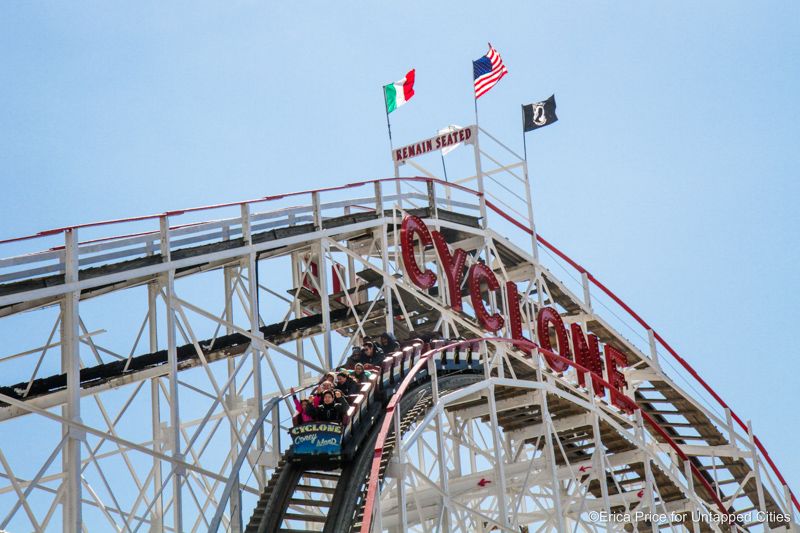
Coney Island is full of flashy signs that advertise its many attractions, including one of its oldest and most beloved rides, the 150-feet Wonder Wheel (built between 1918 and 1920) and the Cyclone, a historic wooden roller coaster that opened in 1927.
As you can imagine, many of the amusement park’s signs have been lost to time as attractions have rotated out. See them here, and check out other interesting secrets of Coney Island.
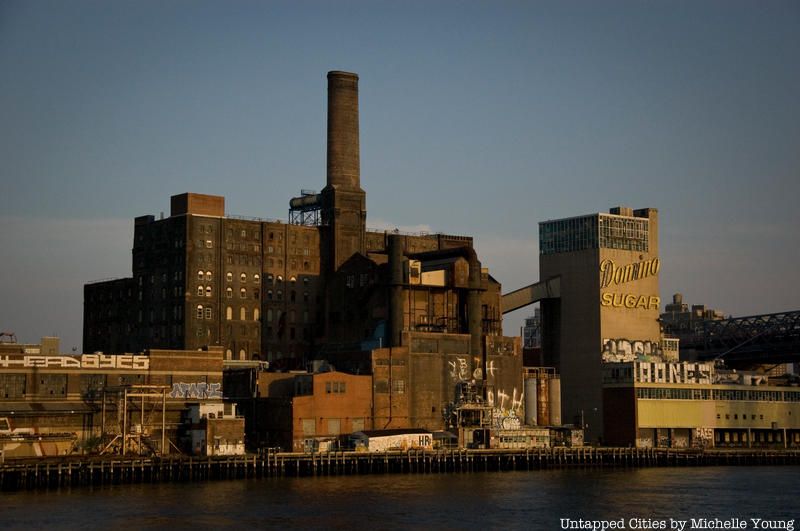
Brooklyn’s famous Domino Sugar Factory is currently in the midst of transformation. The former refinery, which shuttered in 2014, will become the heart of a 6.6-acre waterfront park, which will be situated in a mixed-use neighborhood being built by Two Trees Management.
The sign, which has been a fixture of the factory since the 1920s, was removed in 2014. According to NY Daily News, it was transferred to an undisclosed location, and will be restored and eventually re-installed on the development site.
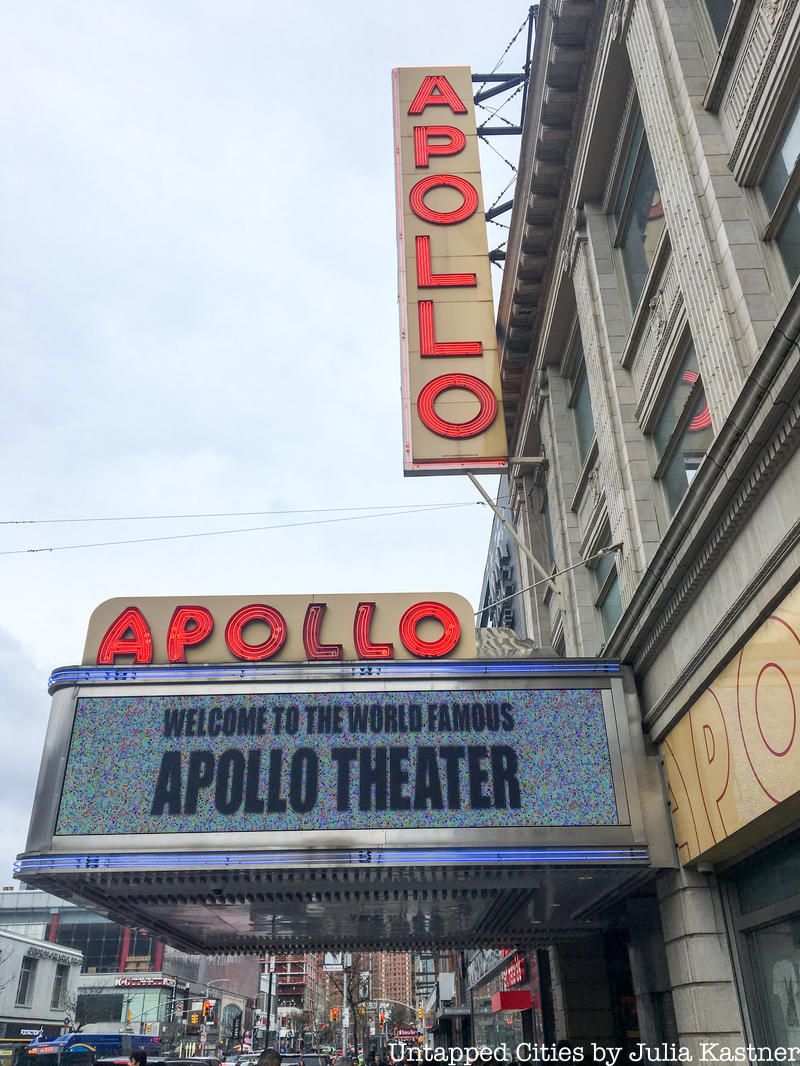
They say the legendary Apollo Theater is where stars are born and legends are made. James Brown considered it so much a second home that his body was brought to the Apollo before his funeral. Through the years, it also served as the springboard for music legends like Ella Fitzgerald, Billie Holiday, Diana Ross & The Supremes, The Jackson 5, Patti LaBelle, Marvin Gaye, Stevie Wonder, Aretha Franklin and so many more.
In 2005, the Apollo Theater unveiled its fully refurbished terracotta facade, a stainless steel and glass storefront and a digital marquee, which utilizes programmable LED visuals, but stays true to the vintage style of the 1940’s.
Learn about the secrets of the theater here.
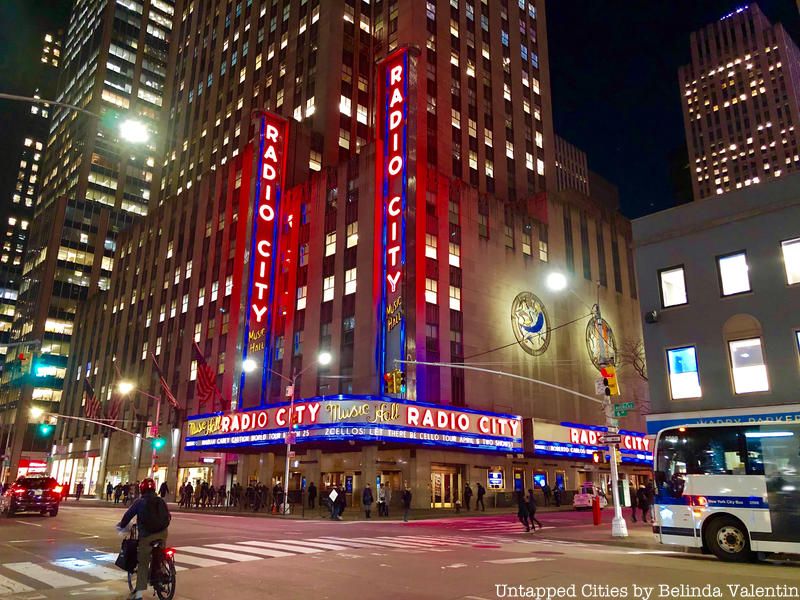
When John D. Rockefeller, Jr. decided to finance the construction of Rockefeller Center in the 1930s, he intended his music hall to be the pinnacle of showbiz. He envisioned lavish stage productions not unlike the wildly successful Ziegfeld Follies of the day. It’s safe to say that Radio City Music Hall, the Showplace of the Nation as it was once hailed by the papers, has lived up to the hype.
Through years as a concert hall, movie theater, and a venue for awards shows like the Grammys and the Tonys, Radio City was and still is one of the city’s busiest tourist destinations. Its unique Art Deco design, uncommon for a theater of its time, and its iconic neon facade have become a symbol of New York to rival the Empire State Building or Times Square. The sign itself was installed in 1932, although it was later refurbished to make the neon brighter.
Make sure to check out some of its many secrets here.
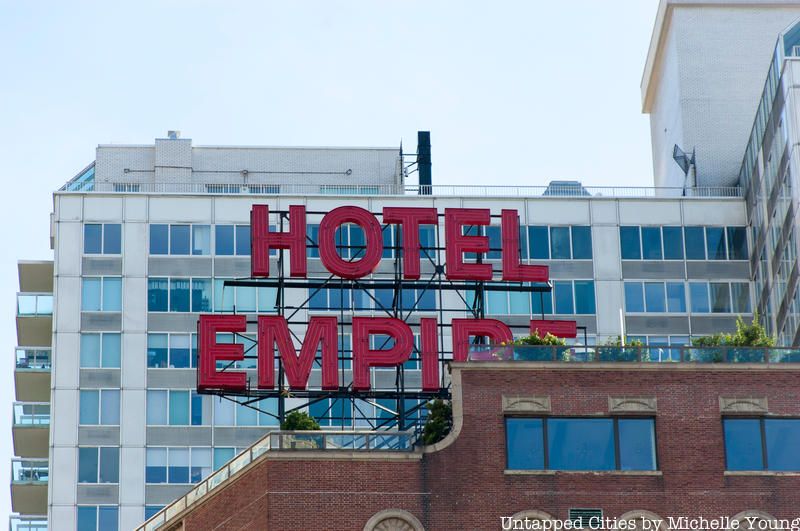
Empire Hotel, New York City’s historic Upper West Side boutique hotel, is located in the heart of Lincoln Center. The building opened in 1923 with its iconic red neon sign displayed on its rooftop. Today, it’s one of the city’s oldest, and most well-known hotels — thanks, in part, to its role in CW’s show, Gossip Girl.
According to Curbed NY, a copy of the original sign was made in the 1960s, and that’s what is on view today.
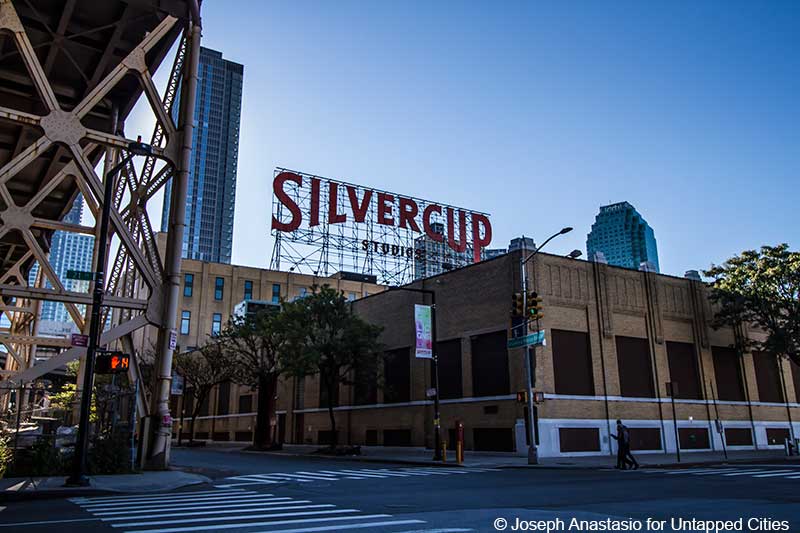
Silvercup Studios, the largest film and television production facility in New York City, has two locations in Long Island City and one in the Bronx. Its iconic sign, however, sits on top of the main Long Island City outpost, which occupies the former Silvercup Bakery building.
The sign was originally built for the bakery around 1961. It initially read “Silvertop Bread” but has since been adapted for the studio once it took over the space in 1983.


The New Yorker Hotel at 34th Street and 8th Avenue is one of Manhattan’s storied icons. The Art Deco building, completed in 1930, is renown for its setback architectural style and famous sign, which was installed on the top floors of the building in 1941.
In 1967, however, the sign “went dark,” and remained so for nearly 40 years as the hotel underwent various changes in management. Due to competition from other Midtown hotels, and a decline in popularity, it shuttered temporarily in 1972, but would reopen in 1994. In 2005, its famous sign was rebuilt with new 20-foot letters, where were fitted with LED lights.
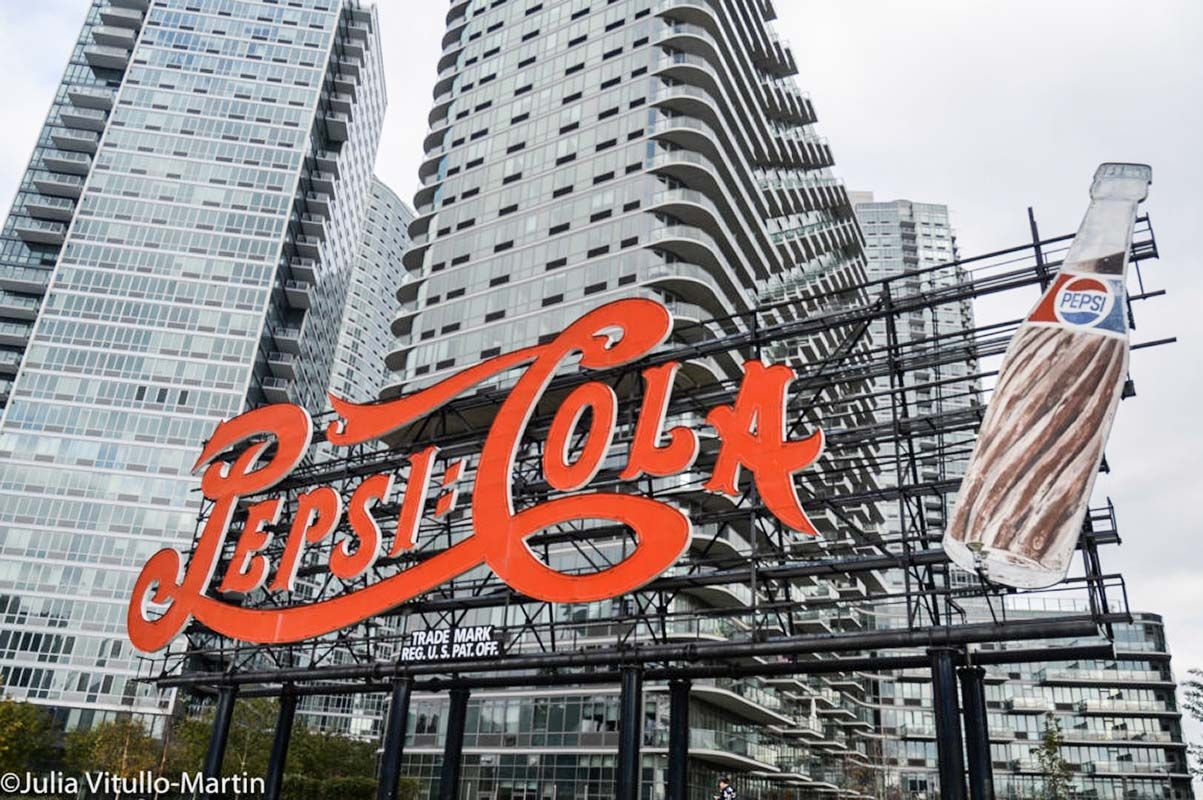
The cursive Pepsi-Cola sign, a remnant of a Pepsi bottling plant that shuttered in 1999, has called Long Island City home since 1936. In 2009, it was lowered from its original location and placed in its current waterfront position at Gantry Plaza State Park.
In 2016, the 60-foot-sign — a vestige of a time when the neighorbor was covered in factories and warehouses — was officially designated a New York City landmark. Believe it or not, the “P” and “C” each measure 44-feet-tall (or roughly four stories)!
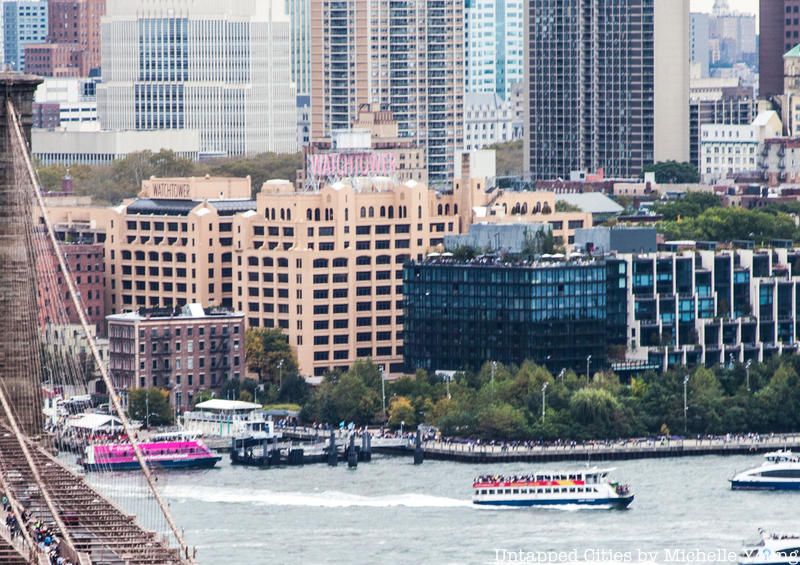
On the Brooklyn waterfront for the past 70 years, the iconic Watchtower sign has stood on top of the former Jehovah’s Witnesses building in Brooklyn Heights. Now, as the owners of the former Witness HQ move upstate to Warwick, New York, they take the Watchtower sign with them. Removal happened earlier this year, reports the New York Post.
Installed 40 years ago by the Witnesses, the sign, which stoof 15 feet tall, has been atop the 30 Columbia Heights building for more than 70 years. The building was sold to Columbia Heights Associates in 2016, a group of developers who will be converting the building into a massive, multi-building office and retail space called Panorama. To continue the building’s long standing tradition, the empty Watchtower sign space will be occupied once more, though for Panorama’s own branding.
For now we say goodbye to a New York City icon as we patiently await the sign’s successor. Watch the sign come down in this video from the New York Post below:
The Kentile Floors sign is so famous that it has its very own Facebook page. Although it was taken down in 2014, the 50-year-old icon was fortunately saved and donated to the Gowanus Alliance, which will reinstall it in a nearby location.
Used to advertise a now-defunct flooring company founded by Arthur Kennedy in 1898, the sign paid homage to Brooklyn’s industrial heritage, and long served as a symbol of Gowanus. According to Curbed NY, the alliance plans to erect the sign at Gowanus’ Under the Tracks playground, located on 10th Street between Second and Third avenues.
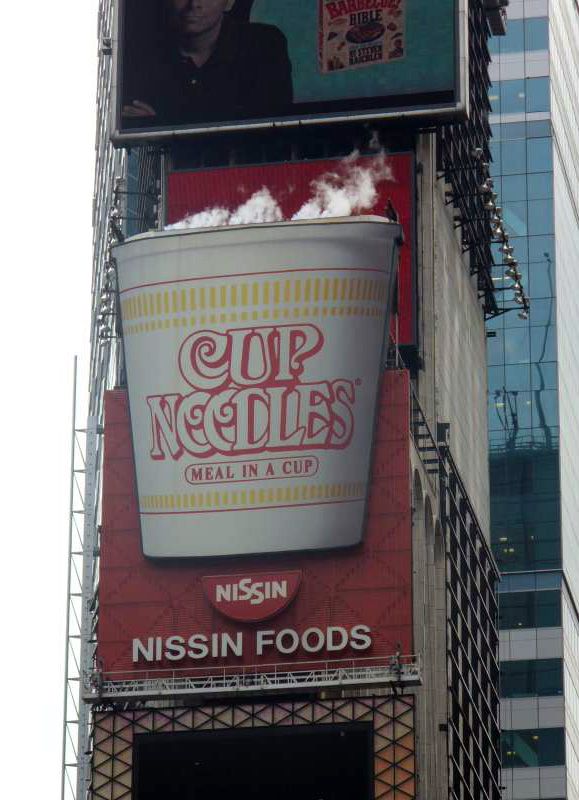
Image via Wikimedia: Karan J
For a decade (1996 to 2006), a 60-foot Nissin Cup Noodles decorated the top of the One Times Square building, the site of the annual New Year’s Eve Ball drop.
Similar to the famous Camel cigarettes billboard (see below), this sign utilized steam, which would emanate from the top of the cup.
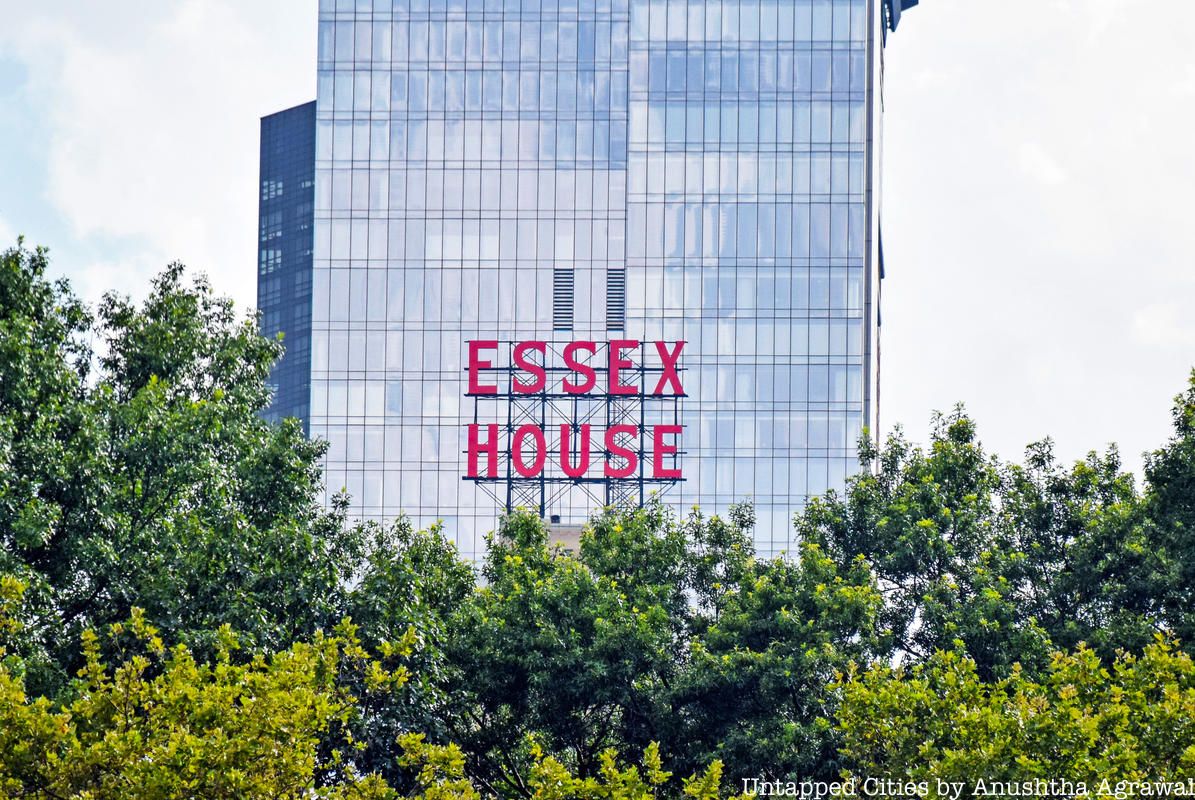
The JW Marriott Essex House, a 44-story luxury hotel (160 Central Park South) that opened in 1931, is easily recognized by its six-story neon sign. It was erected in 1932, the same year the U.S. Government’s Reconstruction Finance Corporation took the hotel from its original owners, who had become bankrupt following the Great Depression.
Like The New Yorker Hotel, the Essex House fell under the management of several owners before officially becoming the JW Marriott Essex House. To this day, its sign is frequently featured in popular culture, including in photographs, movies and television shows.
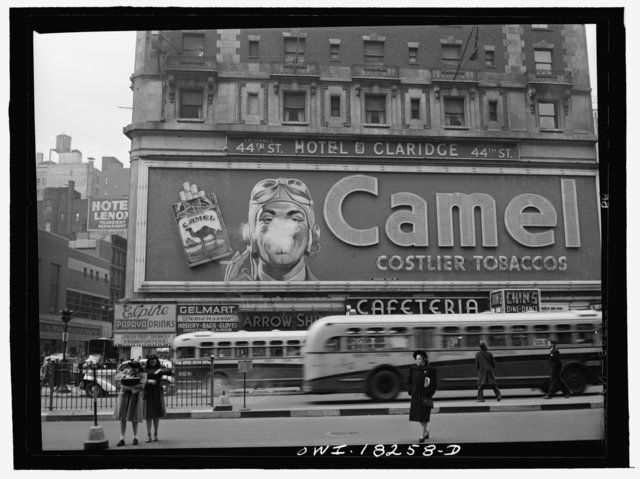
Times Square is covered in flashy signs, but few are as memorable as the Camel cigarettes billboard, which was installed in 1941. To create the illusion of a man blowing smoke rings, a machine was placed behind the sign, which pushed steam out of a hole every four seconds.
Installed on the exterior of the Claridge Hotel, the 30-foot by 100-foot billboard was a signature fixture of Times Square from 1941 to 1966. During WWII, the featured man was depicted as a soldier, sailor and airman.
Next, check out the blinged out signs of Times Square and discover the vintage neon signs of the West Village.
Subscribe to our newsletter